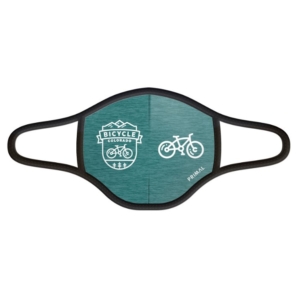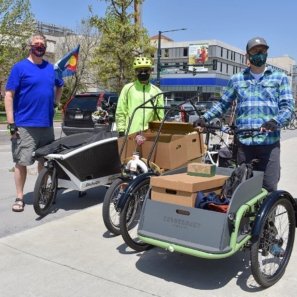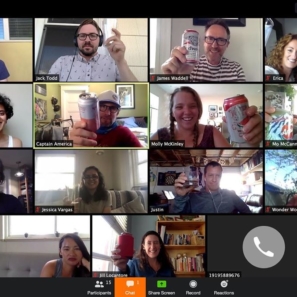Bike/walk projects are reaping results and Americans want to spend more money on them
How to spend federal, state, local and even household funds is an eternal debate. Consensus can seem impossible to come by, but a new national poll indicates that we Americans–no matter where we live, who we vote for or how old we are–might actually agree on something: increased funding for bicycling and walking infrastructure projects.
As it turns out, bike lanes, paths and sidewalks have the potential to be a unifying force. They’re also good for jobs, property values and business sales.
The 2016 study, conducted by Princeton Survey Research Associates, found that 58 percent of Americans support increasing federal funding for bike/walk projects–more so than they did in 2012 (47 percent). The rise in support for funding is politically bipartisan and true across almost all demographics: in every geographic region of the country: in urban, suburban and rural areas; among all age groups, all race and ethnicities; among parents and non-parents and across genders.
These responses came after survey participants learned that less than two percent of federal transportation funding is spent on sidewalks, bike lanes and paths. Seventeen percent is spent on public transit and a full 80 percent is used for roads and highways.
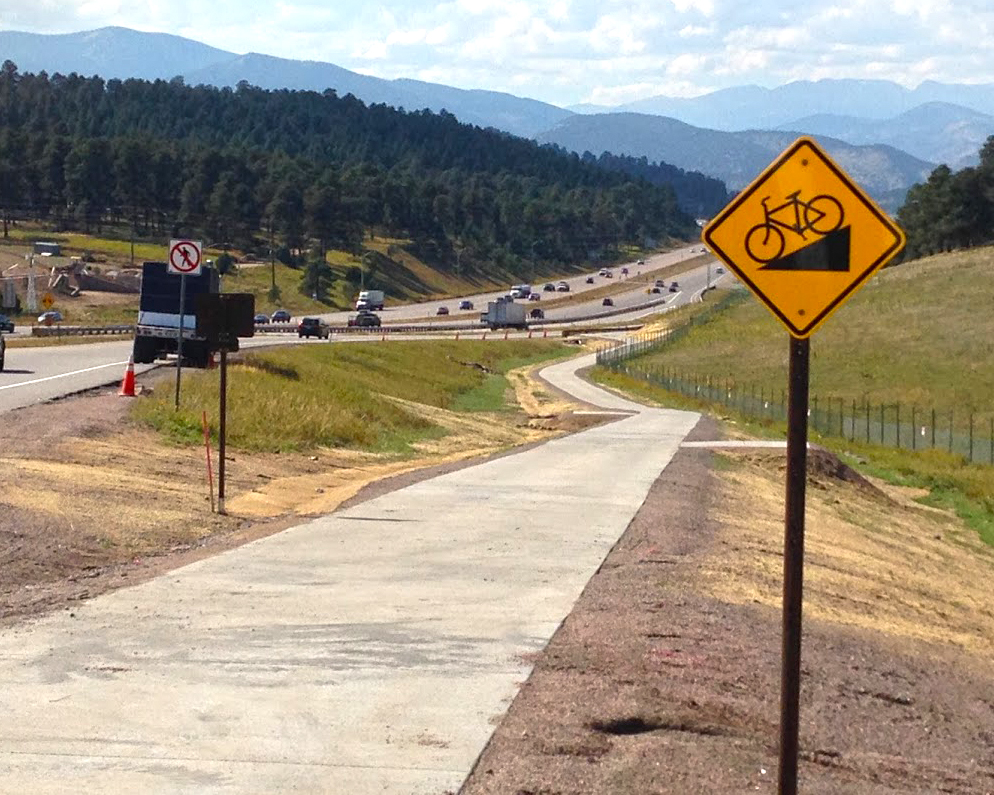
Whether they knew it or not, the 58 percent of people who want to increase bike/walk project funding (and the 30 percent who said to keep funding the same) are also in support of improved communities. After reviewing other studies, this new report reminds us that bicycling and walking projects can actually create more jobs than other types of transportation investment.
- A National Cooperative Highway Research Program (NCHRP) study of stimulus spending showed that “Transportation Enhancement” projects such as sidewalks and bike lanes, created 17 jobs per million dollars versus new road construction, which creates 12.5 jobs per million dollars.
- A Political Economic Research Institute at the University of Massachusetts study of transportation jobs in 11 U.S. cities found that bicycling projects create 11.4 jobs and sidewalk jobs created 9.7 jobs per million versus 7.8 jobs per million for road-only projects.
Bike lanes and paths and sidewalks are also good for neighborhoods and businesses. A study of 10 Complete Streets projects found that eight saw increased values for properties near the improved areas. (Complete Streets are designed and operated to enable safe access for all users, including pedestrians, bicyclists, motorists and transit riders of all ages and abilities. Complete Streets make it easy to cross the street, walk to shops, and bicycle to work. They allow buses to run on time and make it safe for people to walk to and from train stations.)
A recent survey of businesses located near Capital Bikeshare stations in Washington, D.C., found that 20 percent of businesses saw an increase in their sales, and 70 percent said they saw a “positive impact” on the surrounding area.
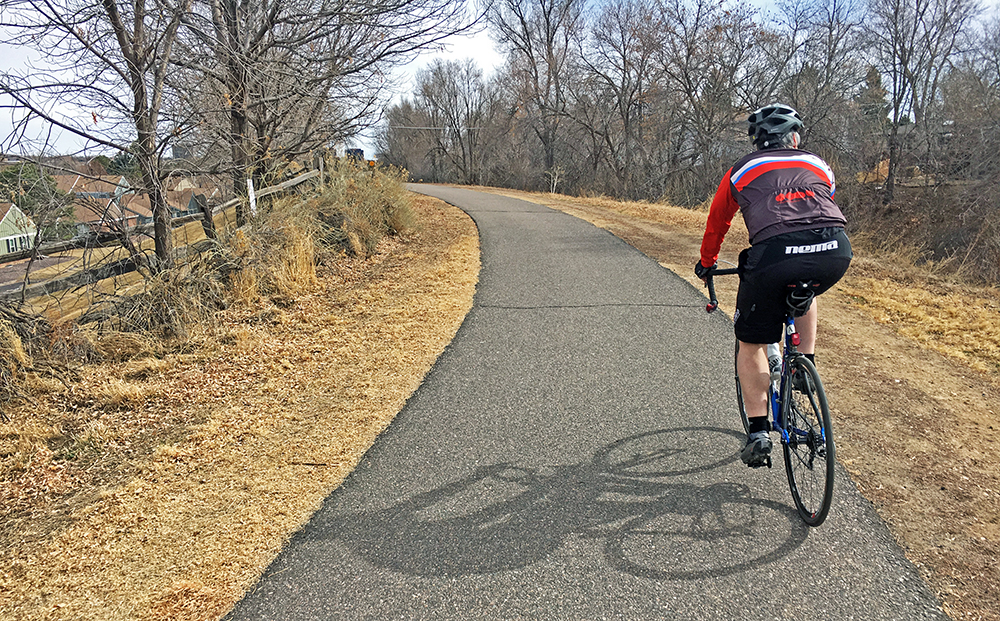
What about Colorado?
We see noteworthy benefits at home, too. Riding a bicycle is not only core to Colorado’s identity. Bicycling contributed $1.6 billion in economic and health benefits to the state’s economy in 2015 (according to a statewide study released just a few months ago).
In Colorado, the majority of funding for bike/pedestrian projects is actually supplied by federal dollars (plus some additional state transportation dollars). Most bicycle projects are part of other, larger infrastructure projects that are funded by multiple sources. Most of what the Colorado Department of Transportation (CDOT) is doing in your backyard is accomplished with a mixture of dollars from the federal, state AND local levels. Very few bike/ped projects are funded solely by CDOT money. Needless to say, it’s difficult to track what’s being spent on such projects in Colorado.
To CDOT’s credit, it is currently figuring out how to track this information and, when it does, the resulting methods and metrics will likely be some of the best in the country.
This is all part of why we stay vigilant. Our staff works closely with CDOT to improve planning and availability of funds across all platforms for safe and accessible bike/ped projects. We also educate local advocates on how to request and fight for bike/walk infrastructure and funding, and we lobby the state legislature early and often. Without a doubt, grassroots advocacy work is driving many of Colorado’s bike/walk successes.
You can directly support that work today with a donation or membership. Thank you.
Leave A COMMENT
Our twitter feed is unavailable right now.
The Latest News
view all- Mar 22, 2024
- by Bicycle Colorado
Why Colorado Should Pass SB24-065 To Reduce Distracted Driving
- Advocacy Issues,
- Bicycling in Colorado,
- Bike Law,
- Get Involved,
- Laws & Funding
- No Comments






